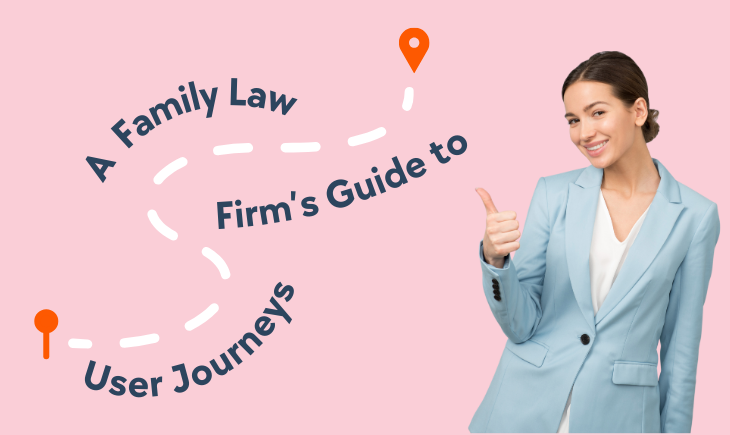User journeys refer to the process a person undergoes to achieve a goal with a product or service. In the context of digital marketing for law firms, it delineates the steps potential clients take from their initial awareness of a legal need to securing legal services. Understanding user journeys is crucial for law firms to engage prospective users and convert them into clients effectively.
What are the Stages of the User’s Journey
User journeys typically consist of three key stages: Awareness, Consideration, and Decision.
1. Awareness
This is when a potential client realizes they have a legal need. They may have been involved in a legal issue or be starting a business and need legal advice. They’re not yet looking for a firm but are becoming aware of their need for legal services. Digital marketing can play a role here by providing valuable law content such as blog posts, infographics, or social media posts that educate the audience about legal issues.
2. Consideration
At this stage, the potential client actively seeks legal services and compares law firms. They might be reading reviews, visiting various websites, or seeking referrals from friends. Law firms can engage prospects in this stage with detailed service descriptions, client testimonials, free consultations, and more. Family law SEO and SEM strategies can be helpful to ensure the law firm’s website appears in search engine results when prospects look for specific legal services.
3. Decision
The potential client is ready to select a law firm. They may return to a website several times before making contact. They could look at pricing, specific attorneys’ profiles, or the firm’s success stories. At this stage, retargeting campaigns and personalized email marketing can be crucial in reminding the potential client of the firm’s value proposition and encouraging them to take the final step.
Why Should You Make an Effort with User’s Journey?
Here are the reasons why:
1. It is Informative
Understanding the user’s journey is vital for law firms to provide the correct information at the right time. For instance, during the awareness stage, potential clients might not be interested in detailed service descriptions but could benefit from informative content about legal issues. Similarly, detailed case studies and client testimonials can influence the potential client to choose a particular firm in the decision stage.
2. It Helps with Website Optimization
In addition, the user’s journey can help law firms optimize their websites. By understanding which pages and pieces of content prospects interact with at different stages of their journey, firms can enhance these elements to improve engagement and conversion rates. For example, the firm might realize that many prospects drop off at the contact form, indicating a need to simplify this process.
3. It Identifies Issues Customers Go Through
Furthermore, by mapping out the user’s journey, law firms can identify potential pain points or barriers prospects face when securing legal services. This could be anything from confusing navigation on the website to a lack of information about a particular service. By addressing these issues, firms can make the user’s journey seamless, increasing their chances of securing new clients.
Conclusion
In summary, the user’s journey is an essential tool in digital marketing for family law firms. It helps firms understand their potential client’s needs, expectations, and pain points at different stages, enabling them to provide the right content, optimize their websites, and ultimately convert more prospects into clients.


